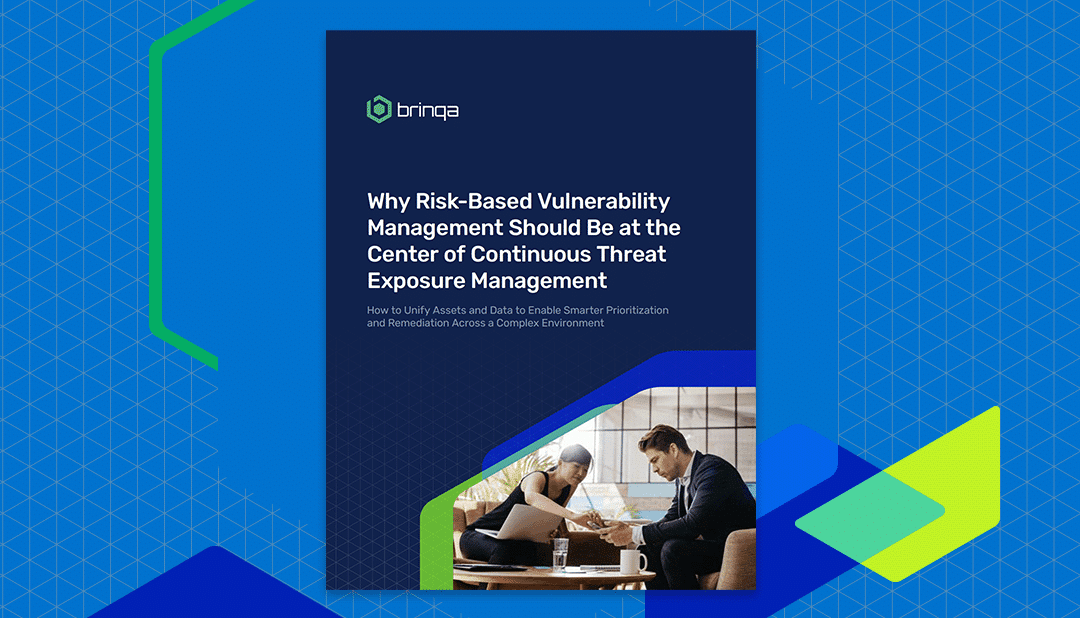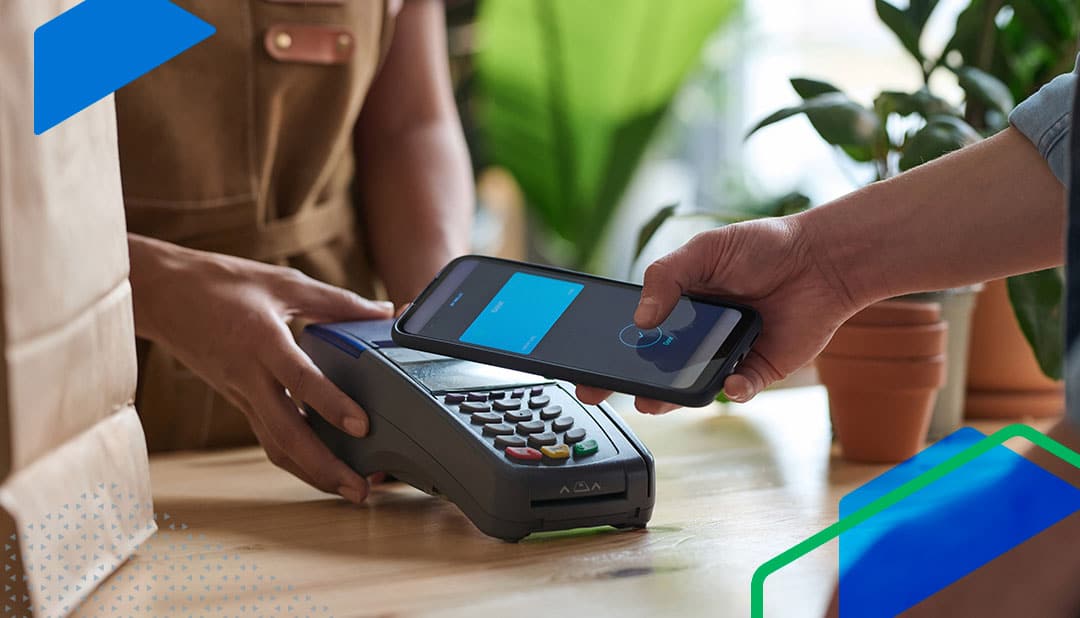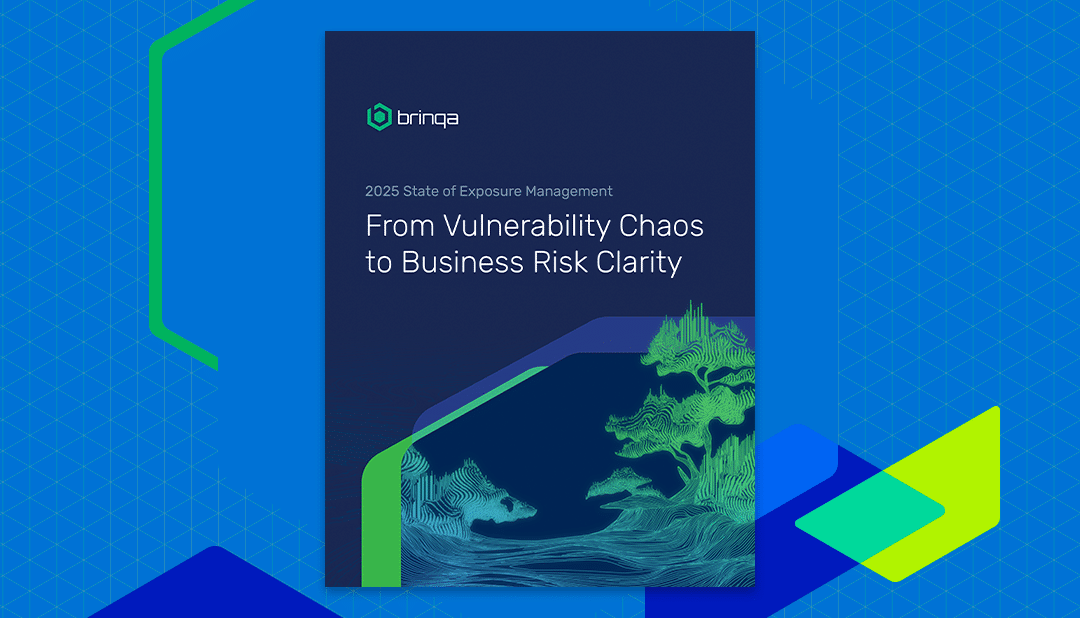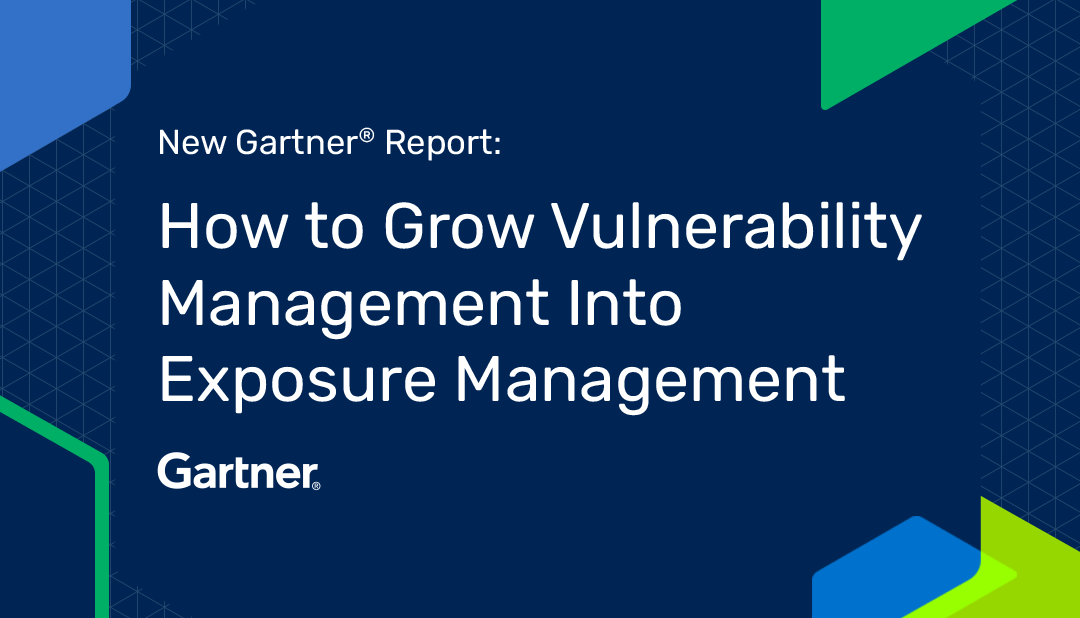
Case Study: PhonePe’s Build vs. Buy Decision to Level Up Application Security Posture Management

With more than 600 million registered users and a suite of financial applications spanning payments, investments, insurance, and lending, PhonePe plays a central role in India’s digital economy. The company processes billions of transactions a day across mobile and web platforms—activity that makes it an essential part of everyday life for consumers and businesses alike.
But that scale comes with complexity—and risk.
When it was time to level up the results of their ASPM program, PhonePe faced a classic build vs. buy decision. Did they keep pouring resources into maintaining a patchwork of homegrown tools to manage exposures? Or continue adapting rigid legacy systems to make sense of growing security signals? Either path meant mounting complexity and missed risk signals.
Meanwhile, the real need was urgent and clear: protect multiple customer-facing applications and hundreds of millions of mobile and web app users that formed the backbone of its core financial services. To do that, PhonePe’s security team had to go beyond simple vulnerability scanning and rudimentary prioritization. They needed a way to understand the impact of vulnerabilities across a sprawling, fast-moving tech stack—and quickly identify the most urgent remediation actions.
Why Legacy and Homegrown Tools Didn’t Cut It
PhonePe relied on a legacy, homegrown asset management system alongside Jira CMDB to track applications and infrastructure. But these systems weren’t built for modern vulnerability risk management:
- They lacked real-time visibility into security vulnerabilities.
- They couldn’t correlate vulnerabilities with asset criticality or business ownership.
- They provided no standard way to prioritize remediation based on actual risk.
As a result, critical issues were often missed. Security engineers and developers assessed threats in silos, without understanding which business services they put at risk. The organization lacked a unified view of exposure—and no way to act on what mattered most.
The Shift to Risk-Based ASPM with Brinqa
PhonePe adopted Brinqa to strengthen its Application Security Posture Management (ASPM) program, enabling more effective risk-based remediation prioritization and more efficient automation of critical workflows—tailored to the scale and complexity of its environment.
The Brinqa ASPM solution became the connective tissue between their scanners, infrastructure data, and ticketing systems—normalizing and correlating everything in a unified exposure graph. The platform enabled them to:
- Consolidate vulnerability data from across scanners and internal tools
- Apply business-aware risk scoring based on exploitability, asset criticality, and threat intelligence
- Automatically generate and route tickets to the right teams based on system ownership and SLA policies
- Continuously update exposure insights as the environment changed
Additional Outcomes
One of the most powerful changes was the creation of custom risk scoring logic, built by PhonePe’s security team and supported by Brinqa, which incorporated weighted business context into each vulnerability decision. This meant developers weren’t just fixing what scanners labeled “critical”—they were fixing what was critical to the business.
PhonePe’s ASPM implementation delivered additional improvements, including:
- Clearer visibility into vulnerability ownership, with business context applied at scale
- Faster, automated triage and ticket creation, reducing time to remediation
- Smarter prioritization, ensuring the riskiest issues were fixed first
- More confidence from stakeholders and regulators, thanks to consistent reporting and a risk-driven remediation process
As a result, PhonePe transformed its reactive vulnerability management program into a proactive, risk-informed approach that aligned AppSec with business outcomes.
Why It Matters
The PhonePe ASPM case study highlights a familiar challenge: most security teams are drowning in alerts and vulnerabilities but don’t have the tools to determine what matters. PhonePe’s journey shows how shifting from detection to contextualized action can protect critical applications, reduce regulatory risk, and streamline developer workloads. For any organization struggling to unify vulnerability management and business risk, it’s a model worth studying.
Ready to see what Brinqa can do to expand your IT, cloud, or application exposure management capabilities? Schedule a demo to explore Brinqa.



